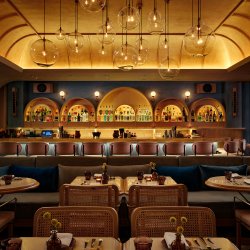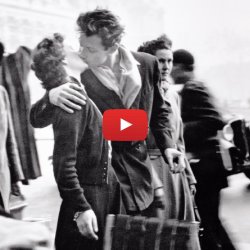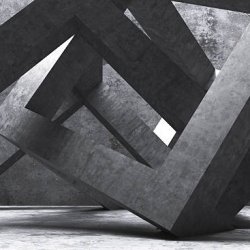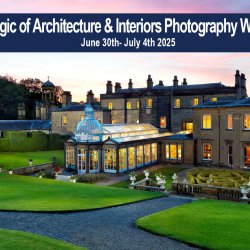Making a difference in Architecture Photography
Architecture photography legend Norman McGrath
One of Antonio Cuellar’s early mentors was Norman McGrath. Norman is a noted photographer who has specialised in architecture photography for over five decades and is renowned internationally for his work. His long and remarkable career has included a wide variety of projects for well-known architects and designers. His most popular book, “Photographing Buildings Inside and Out”, sold more than 47,000 copies. He also co-authored two books, “Manhattan Skyscrapers” and “Skyscraper Rivals”. Norman is the only architecture photographer invited to join Canon’s Explorers of Light program, which includes top professionals in a wide variety of photographic specialties.
Norman was born in London and was heavily influenced by his father who was an Australian architect. He earned an engineering degree at Trinity College in Dublin and worked in Ireland as a structural engineer for two years before moving to New York City in 1956. Over the next five years, he gradually made the transition to working as a professional architecture and interiors photographer.
The challenges of architecture photography
Architecture photography is the art of photographing buildings and similar structures and producing images that are both aesthetically pleasing and accurate representations of their subjects. Due to the challenges of lighting, size, scope and dimensions, architecture photographers need to be skilled in the use of many specialized techniques and equipment.

©Norman McGrath
Normal Mc Grath, began his career as an architecture photographer, before the days of digital. It was a time when there was little understanding of this specialized field. Architecture photography is different to any other field of photography. One of the ways in which it is different is that people are very familiar with the subject. If the photography does not look the same as the building, or it is distorted or not captured effectively, it can make the viewer uncomfortable. In those early days when Norman began his career, there were many challenges. One of the most recurring issues of architecture photography was that buildings were often depicted as being distorted. There was a misuse of wide angle lenses and little understanding of how important the role of light was in taking a picture that realistically showcased the subject.
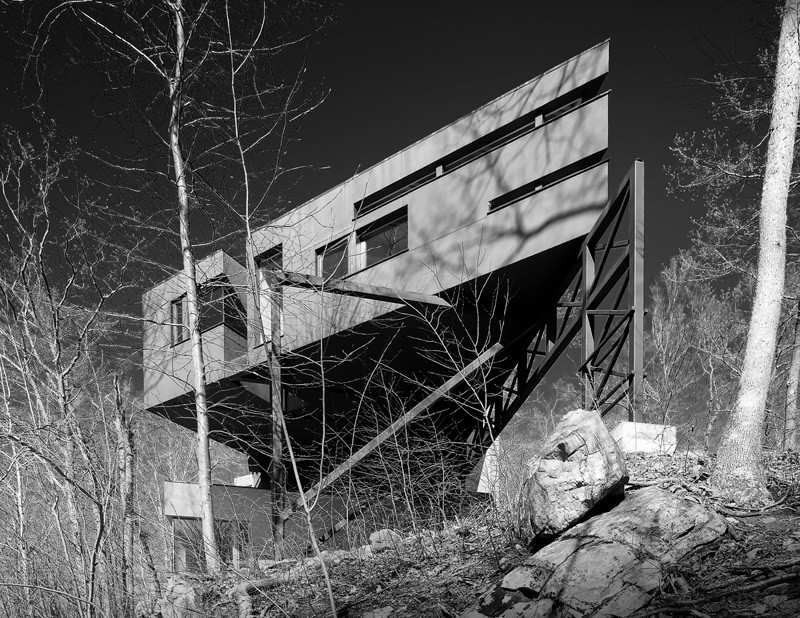
©Norman McGrath
For Norman those early days consisted of a systematic approach of trial and error as he experimented with the different types of lenses that were available. Then, wide angle lenses were in their infancy. The risk of distortion of buildings and their interior was high as very few people had learnt to appreciate the artistry that was involved in dealing with architecture photography. One of the goals of architecture photography is to capture what it is like to be in the space of the building that you are photographing. Initially, distortion and lack of understanding of how to effectively capture the essence of a building was commonplace due to it being very much a developing field of specialty.
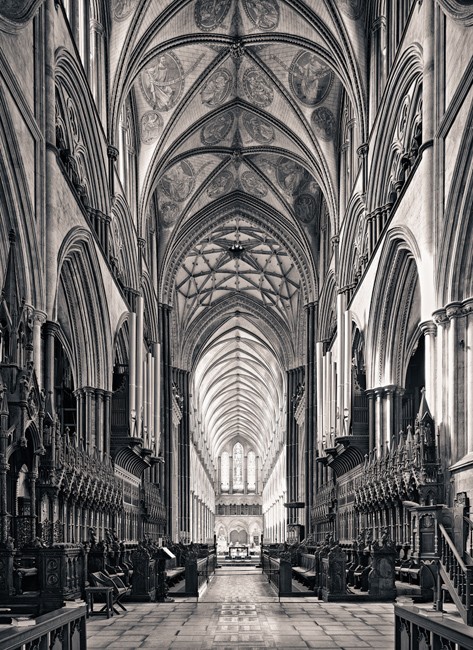
©Norman McGrath
When capturing interiors, it became essential for Norman to understand the use of a wide focus length lens to be able to produce an image that was realistic. But it needed to be done carefully and with an understanding of the space. Otherwise the image could appear inaccurate and uncomfortable. The purpose, always of architecture photography, is to capture the essence of what it is like to be in the space you are photographing. The focus of the viewer should not be on what type of lens the photographer had used, but rather on the feeling that the space evokes. The constant challenge of architecture photography is that of capturing the space using the equipment that is necessary whilst avoiding misrepresenting the true proportions of your subject.

©Norman McGrath
Norman also understood very early on, that one of the key differences in architecture photography was the use of lighting. He believes lighting needs to be introduced very carefully into any space. If artificial lighting is used obviously, then it only serves to detract from the finished image. In architecture photography, it is essential for the photographer to be able to fully understand how they can use the existing lighting, only introducing as much supplemental lighting as is necessary.

©Norman McGrath
Architecture photography and the introduction of digital and technical advancements
With the introduction and advances of digital, new techniques have become available in the field of architecture photography. Cameras have become increasingly sophisticated allowing photographers to take multiple images with different exposures. They can then combine these images to produce a result which can appear much the same as if an appropriate amount of light had been introduced. This is a key skill in architecture photography, the understanding and usage of different exposures and light. When it is done well, with an understanding of the different techniques it can create beautiful images that accurately depict the building and its interior. Norman believes that that is one of the great advantages of the introduction of digital. The ability, for the photographer, when they understand the range of exposures and the effects they can create, to produce images that are spectacular.
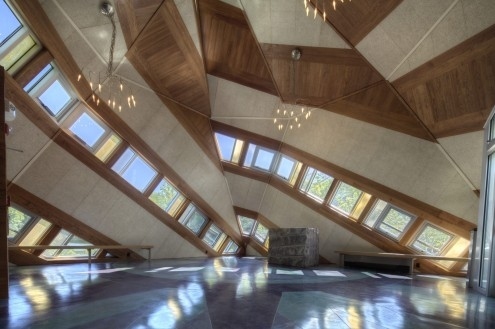
©Norman McGrath
Initially, when Norman began as an architectural photographer, the focus appeared to be much more on the exterior of the building. However, times have changed and whether it is an interior or an exterior it all falls into the very specialized field that makes up architecture photography. The rules are completely different when photographing the interior and the exterior and an architectural photographer needs to be able to master the differences in both. The understanding of scale is an essential part of an architectural photographer as is the ability to be able to represent it effectively.
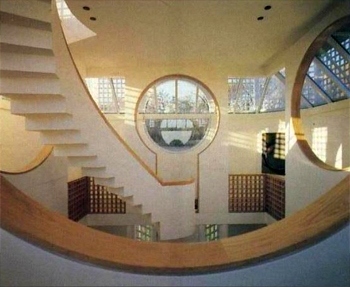
©Norman McGrath
Since Norman started his career as an architecture photographer in New York City in 1956, there have been many changes. There is now more of an appreciation of what makes a good architecture photographer and the fact that it is a highly specialized field. New equipment and techniques are available such as the use of different exposures, an extensive range of lenses and the development of things such as drone photography. These all allow an architectural photographer to be able to more effectively capture the buildings that they are photographing. What has not changed though, is that architectural photography has always been about the art of capturing the design aesthetics of buildings and structures.
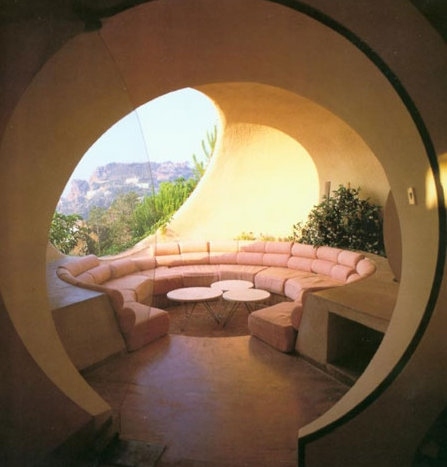
©Norman McGrath
Antonio Cuellar who was honored in 2013 by the American Society of Media Photographers as best of 2013 specializes in luxury hotel photography. As an early mentor of Antonio’s, Norman McGrath was one of the first people to believe strongly in Antonio’s work. He believed that Antonio’s sophisticated lighting style would suit hotels and resorts beautifully. Now Antonio uses these skills as a luxury hotel photographer. With his understanding of all components of architecture photography he is renowned for his ability to capture the essence of some of the most luxurious and opulent spaces in the world.





